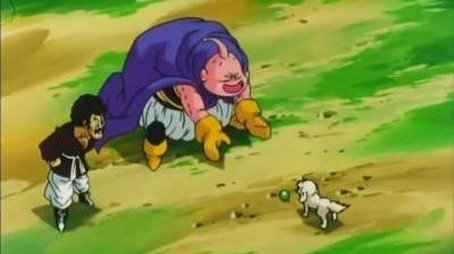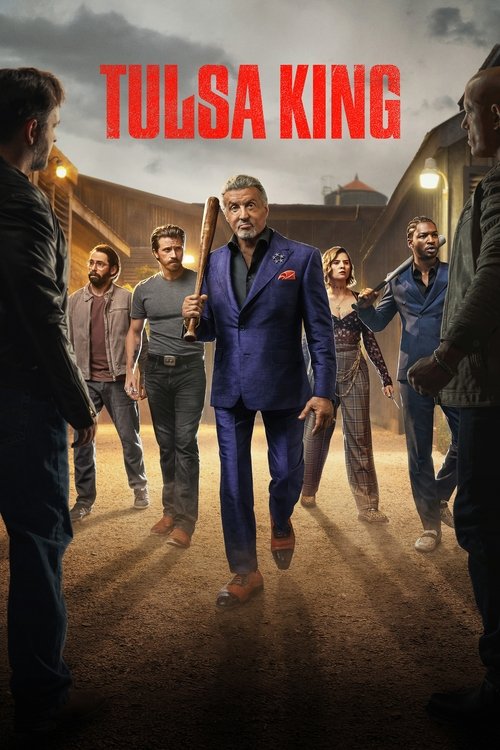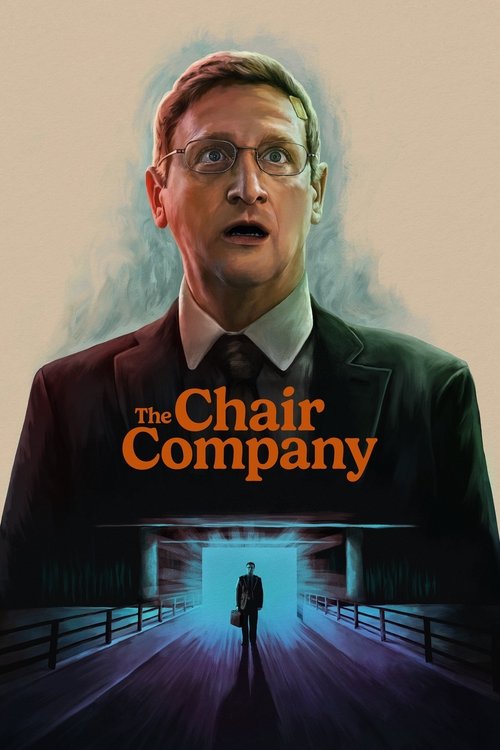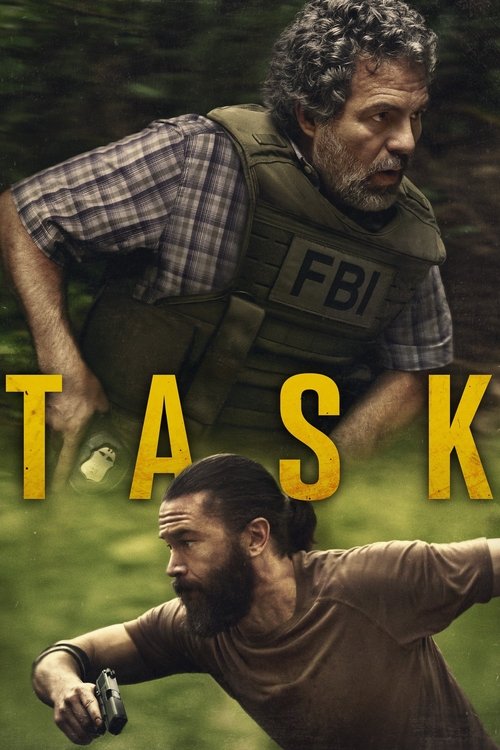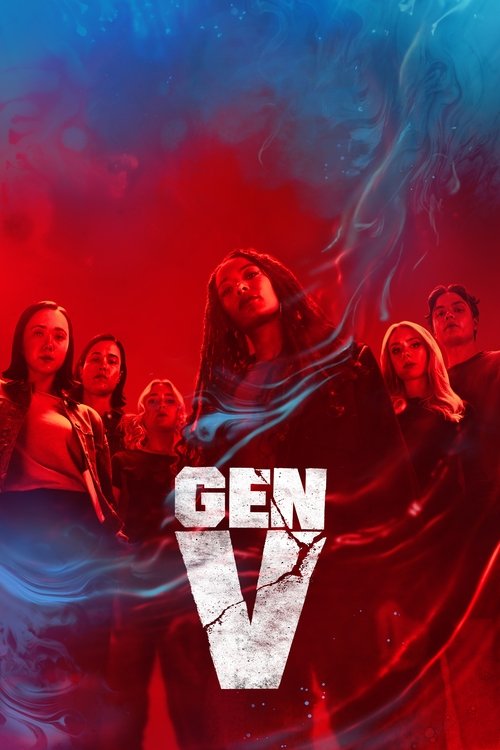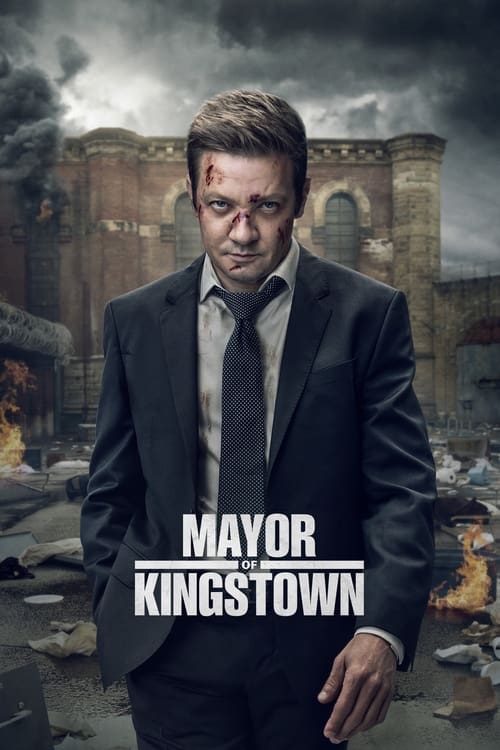
Ask Your Own Question
What is the plot?
The episode begins with a tense atmosphere as Goku and Vegeta face off against Majin Buu. The scene is set in the desolate landscape of the battlefield, where the remnants of previous fights are evident. Goku, with his usual confidence, is determined to fight Buu, while Vegeta, filled with a mix of pride and desperation, is eager to prove himself against the creature that has caused so much destruction.
As the battle commences, Goku transforms into Super Saiyan 3, showcasing his immense power. The transformation is visually striking, with his hair flowing wildly and an aura of energy surrounding him. Goku launches a series of powerful attacks against Buu, who initially seems to struggle under the onslaught. However, Buu quickly adapts, demonstrating his regenerative abilities and resilience. He absorbs Goku's attacks, which frustrates Goku and Vegeta, who realize that brute strength alone may not be enough to defeat him.
Vegeta, feeling overshadowed by Goku's power, decides to take matters into his own hands. He charges at Buu with a fierce determination, unleashing his own attacks. The intensity of the fight escalates as Vegeta's pride drives him to push beyond his limits. He uses his Final Flash technique, a massive energy beam, which momentarily stuns Buu. However, Buu's ability to regenerate allows him to recover quickly, leaving Vegeta feeling increasingly desperate.
In a pivotal moment, Vegeta makes a critical decision. He chooses to sacrifice himself in a final attempt to defeat Buu. He powers up to his maximum, creating a massive explosion that engulfs the battlefield. The explosion is visually dramatic, with bright flashes of light and shockwaves rippling through the area. Goku watches in horror as Vegeta's sacrifice unfolds, realizing the depth of Vegeta's resolve and the lengths he is willing to go to protect his loved ones.
As the dust settles, it becomes clear that Vegeta's sacrifice has not killed Buu. Instead, Buu emerges from the rubble, unharmed and more powerful than before. This realization hits Goku hard, as he grapples with the futility of their efforts. The emotional weight of the moment is palpable, with Goku feeling a mix of grief for his fallen friend and frustration at their inability to defeat Buu.
Meanwhile, Buu revels in his newfound strength, taunting Goku and expressing his desire to continue the fight. Goku, now more determined than ever, resolves to find a way to defeat Buu without resorting to further violence. He reflects on the nature of their battles and the cycle of destruction that has plagued their world. This introspection leads him to a moment of clarity, where he decides to seek a different path, one that does not involve killing.
The episode concludes with Goku's newfound resolve. He stands firm, ready to confront Buu once more, but this time with a different mindset. The emotional stakes are high as Goku prepares for the next phase of their conflict, determined to find a way to save everyone without succumbing to the darkness of violence. The screen fades to black, leaving viewers with a sense of anticipation for what is to come.
What is the ending?
In the ending of "I Kill No More," Goku and his friends confront Majin Buu, who has been wreaking havoc. Goku, realizing the importance of hope and the power of friendship, decides to use the Spirit Bomb to defeat Buu. He gathers energy from all living beings, but Buu's relentless attacks make it difficult. Ultimately, Goku's determination and the support of his friends lead to a climactic battle where he successfully launches the Spirit Bomb, aiming to end Buu's reign of terror.
As the episode concludes, Goku's actions symbolize a shift from violence to hope, as he chooses to spare Buu's life, believing in the potential for change. The episode ends with a sense of resolution, as Goku and his friends look forward to a future where they can live in peace.
As the episode "I Kill No More" unfolds, the atmosphere is thick with tension. The scene opens with Goku standing resolutely, his expression a mix of determination and sorrow. He knows that the fate of the world rests on his shoulders as he faces the monstrous Majin Buu, who has been terrorizing Earth with his insatiable hunger for destruction. The vibrant colors of the landscape contrast sharply with the dark clouds of despair that Buu brings with him.
Goku, feeling the weight of his responsibility, begins to gather energy for the Spirit Bomb, a technique that requires the life force of all living beings. He closes his eyes, focusing intently, and the camera pans to his friends--Vegeta, Piccolo, and Gohan--who stand ready to support him. Each character's face reflects their own internal struggles; Vegeta's pride battles with his desire to protect his family, while Piccolo's calm demeanor hides a deep-seated fear of losing everything to Buu's chaos.
As Goku calls out to the people of Earth, asking them to lend him their energy, the scene shifts to various locations around the globe. People pause in their daily lives, feeling the urgency of Goku's plea. The visuals depict a montage of hope, as children, adults, and even animals raise their hands, channeling their energy towards Goku. This moment is poignant, showcasing the unity of humanity against a common threat.
However, Buu is relentless. He attacks Goku, trying to disrupt his concentration. The animation captures the ferocity of Buu's assaults, with vibrant blasts of energy illuminating the dark sky. Goku, despite the pain and exhaustion, remains focused, embodying the spirit of a true hero. His internal monologue reveals his thoughts--he is not just fighting for himself but for everyone who believes in him.
As the Spirit Bomb begins to take shape, the tension escalates. Goku's friends rally around him, providing support and encouragement. Vegeta, despite his earlier arrogance, shows a rare moment of vulnerability, acknowledging the importance of teamwork. The emotional stakes are high, and the audience can feel the weight of their collective hope.
Finally, with the Spirit Bomb fully formed, Goku prepares to launch it at Buu. The scene is charged with energy, and the music swells, heightening the drama. Goku's face is a mixture of resolve and compassion as he contemplates the consequences of his actions. He understands that defeating Buu could mean ending a life, and for a moment, he hesitates, reflecting on the cycle of violence that has plagued their world.
In a climactic moment, Goku decides to spare Buu's life, believing that there is still a chance for redemption. This pivotal choice marks a significant turning point in the narrative, emphasizing themes of mercy and the potential for change. The Spirit Bomb is launched, and the explosion of light engulfs Buu, who is momentarily overwhelmed.
As the dust settles, the fate of each character becomes clear. Goku stands victorious, but instead of celebrating, he reflects on the importance of life and the choices they make. Vegeta, once consumed by pride, begins to understand the value of compassion. Piccolo and Gohan share a moment of relief, knowing that they have fought valiantly together.
The episode concludes with a sense of hope. Goku, looking towards the horizon, envisions a future where they can live in peace, free from the shadows of their past battles. The final scenes depict the characters united, ready to face whatever challenges may come, embodying the spirit of resilience and the belief that even the darkest of foes can change.
Is there a post-credit scene?
In the episode "I Kill No More" from the Majin Buu Saga of Dragon Ball Z, there is no post-credit scene. The episode concludes without any additional content after the credits roll. The focus remains on the intense emotional and narrative developments that occur throughout the episode, particularly surrounding Goku, Vegeta, and the ongoing conflict with Majin Buu. The episode wraps up the immediate storyline without extending into a post-credit sequence.
What transformation does Goku undergo in this episode?
In this episode, Goku does not undergo a new transformation, but he does showcase his mastery of the Super Saiyan form, particularly in his interactions with Majin Buu and the other characters.
How does Gohan's character develop in this episode?
Gohan's character is portrayed as conflicted and determined. He grapples with the weight of his responsibilities and the fear of losing his loved ones to Majin Buu, showcasing his emotional depth and resolve to protect them.
What is the significance of Goku's decision to spare Majin Buu?
Goku's decision to spare Majin Buu reflects his belief in redemption and the potential for change. This moment is pivotal as it highlights Goku's character as someone who values life and sees the good in others, even in a creature as destructive as Buu.
How does Vegeta react to Goku's approach towards Majin Buu?
Vegeta is initially frustrated and angry at Goku's decision to spare Majin Buu. He feels that Goku's compassion is misplaced and that it endangers everyone, showcasing Vegeta's more aggressive and protective nature.
What role does Dende play in this episode?
Dende plays a crucial role as the Earth's Guardian, providing support and healing to the Z Fighters. His presence emphasizes the importance of hope and the need for a strategy against Majin Buu, as he helps to restore their strength.
Is this family friendly?
In "I Kill No More," there are several scenes and themes that may be considered objectionable or upsetting for children or sensitive viewers:
-
Violence and Fighting: The episode features intense battles, showcasing characters using powerful attacks and engaging in combat, which may be frightening for younger viewers.
-
Death and Destruction: There are references to death and the consequences of battles, including the emotional weight of loss, which can be heavy for sensitive audiences.
-
Emotional Turmoil: Characters experience significant emotional distress, grappling with feelings of guilt, regret, and the weight of their past actions, which may be difficult for some viewers to process.
-
Dark Themes: The episode touches on themes of redemption and the struggle against one's darker impulses, which may be complex for younger audiences to fully understand.
-
Character Transformation: The transformation of characters into more sinister forms can be visually unsettling and may evoke fear or anxiety.
These elements contribute to a narrative that, while rich in character development and moral lessons, may not be suitable for all children or sensitive viewers.

